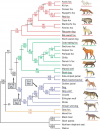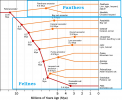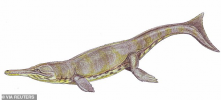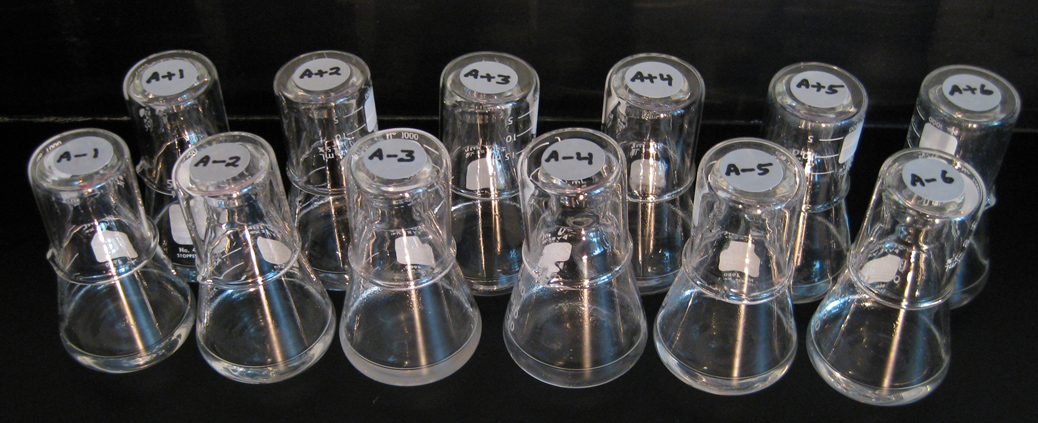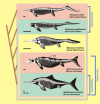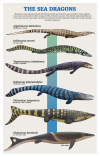Desertphile
Member
"'A long jumper can train and add inches to his jump (micro) however even if he trains for years he will never be able to jump a mile (macro).'"Someone posted the following message on a Creationism group on Facebook.
Argh! Ack! Yet another non-analogy from a Creationist. The laws of physics dictate the limits of both leaping apes and evolution. We know why us apes cannot leap one mile; we know many but not all of the physical limits of evolution. For the Creationist's assertion to be valid she or he must first demonstrate what the limits of evolution are--- not the limits of what apes can do.
Also, of course:
o) We observe evolution has happened and is happening;
o) If evolution ("macro") did not and does not happen, then we are left with no explanation for how life diversified;
o) The best example for demonstrating evolution did not and does not happen is to provide a superior explananatio, which Creationists have never done.

